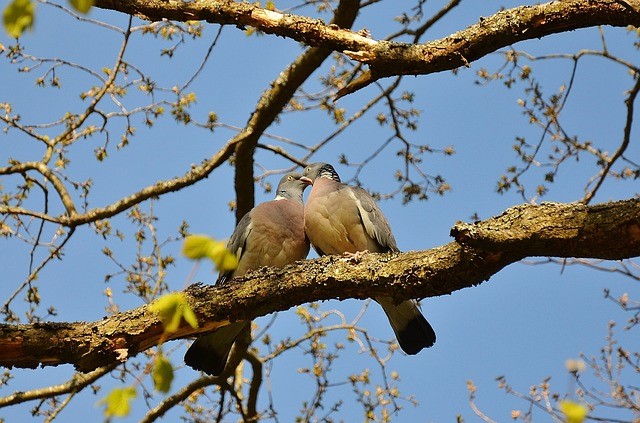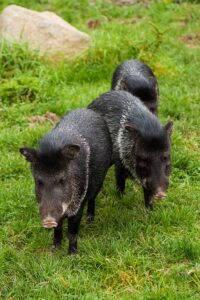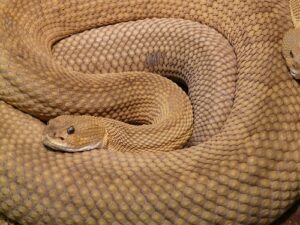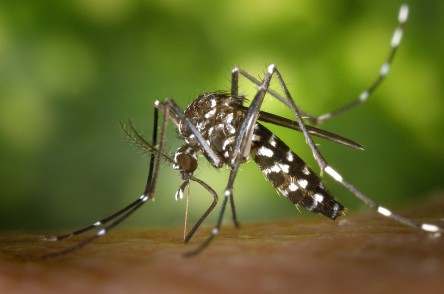How to Create a Bird-Friendly Backyard in Arizona
Tuesday, June 11th, 2024Arizona is rightly recognized as one of the prime bird watching spots in America. You may wonder how to attract birds to your yard so that you can enjoy the company of our humble house finch or more exotic feathered friends like Gila Woodpeckers. The secret of how to attract birds to your yard is to provide variety, ample cover, and water.

Variety
With the wide array of Arizona birds searching for their next meal, finding out how to attract birds to your yard means giving them a buffet of favorite seeds:
- Ground feeders – beloved by doves, juncos, towhees and goldfinches, these screened trays sit a few inches off the desert floor
- Sunflower-seed tube feeders – installed at least five feet above ground level, these attract chickadees, house finches, nuthatches, siskins and titmice
- Suet feeders – best for Tucson’s chillier weather (when insect populations drop), suet gets rancid above 80 degrees, but is enjoyed by chickadees, nuthatches, titmice and woodpeckers
- Hopper feeders – larger birds with big appetites go for high feeders loaded with mixed seed for cardinals, grackles and the red-winged blackbird
- Nyjer feeders – thistle seed is dispensed from the very tiny holes of nyjer seed feeders to small-beaked birds (goldfinches, pine siskins, redpolls).
Location of your feeders is important. Birds get skittish and will bypass your feeders if they have to fly through too large an open area to get to food.
Spread your feeders out across your yard, too, so that no one feeder gets crowded. This also simplifies your bird watching, making the comings and goings of these feathered friends more enjoyable.
Ample Cover
Cover for birds means places they can alight, check out the safety of the space ahead, and then fly in for a meal. They need foliage from ground to tree height.
Cover is important too, to prevent predators from selecting your yard as their prime hunting grounds. Bird feeders attract unwanted attention from disease-bearing omnivores.
Maintenance
After you know how to attract birds to your yard, you must learn to prevent these pests and predators:
- javelinas
- wood rats
- mice
- insects
For more on this, check out our article: 7 Tips for Natural Garden Insect Control
Birds are messy eaters. Keeping your lawn or desert floor tidy will be a challenge, and scavengers such as mice will take advantage of the birds’ sloppy habits, especially if you buy cheap bird seed. Mice and rats will eat anything, so millet in cheap seed becomes their mainstay.
Wash and clean feeders twice a month. This not only discourages pests, but prevents bird diseases from spreading. Water pans and birdbaths should be dumped daily.
Water
You do not have breakfast, lunch or dinner without a beverage, and neither should your birds. Provide bird baths and water pans at various heights so they can groom and drink. Disinfect pans and baths with a solution of 10 percent bleach to 90 percent water, scrub the pans, and rinse thoroughly.
Layering
Certain birds prefer certain altitudes, so provide variety in both feeders and water sources:
- Ground: many birds only eat when on the desert floor or on your lawn
- Low: from about a foot above the lawn to about three feet
- High: from about four feet up and higher
Challenges
You can balance a clean, tidy yard with bird feeding:
- Careful maintenance: daily water source cleaning gives you an opportunity to monitor the bird feeding area
- Resilient landscaping: plant species that attract birds and can hide the buildup of seed litter easily. If you prefer a lawn, keep grass cut very short near the bird feeding areas to make cleanup of the seed casings easy (this also reduces rodent issues).
Once you know how to attract birds to your yard, you are taking the first steps to a delightful hobby.
Evergreen Turf is your source for the highest quality sod in Arizona. Our friendly, knowledgeable people are committed to answering all of your questions to ensure a stress-free experience with your new Arizona sod lawn. Whether you wish to sod a small play area for the family or an entire golf course, Evergreen Turf can help you make it happen.
Our team serves customers throughout Arizona, including Phoenix, Mesa, Tempe and Tucson. Browse our website for information and tips on how to create and maintain a beautiful lawn, or give us a call and talk to one of our sod specialists at 602-626-9959 if you don’t find what you are looking for. Better yet, stop by and meet the team at our convenient Chandler location.





